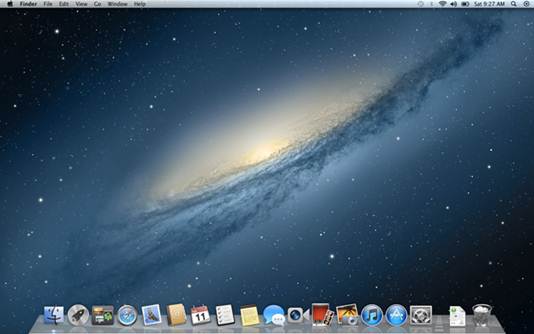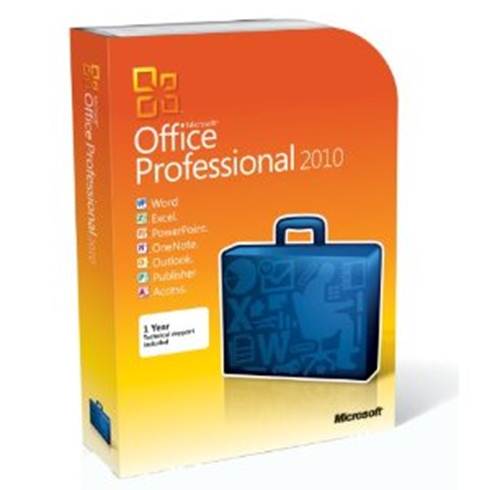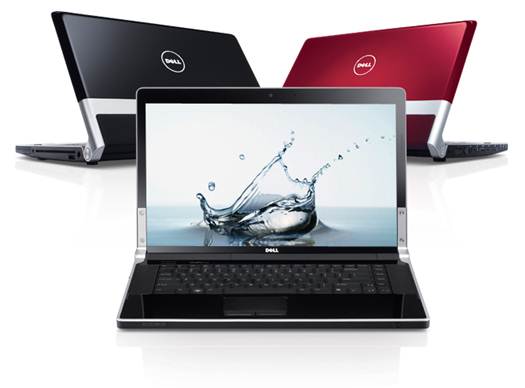Software
By the time you read this, Apple should
have shipped OS X 10.8 Mountain Lion. At the moment all Windows laptops will
ship with Windows 7 of some sort, with an upgrade to Windows 8 available at a
special price. Come October, however, it will start getting tough to find a
Windows 7 system, which is worth keeping in mind, considering the somewhat
polarising nature of the new operating system.

By
the time you read this, Apple should have shipped OS X 10.8 Mountain Lion.
For consumer-focused Laptops, the version
of Windows 7 will likely be Home Premium, which will deliver more than enough
features for most people (you can always use the inbuilt upgrade function to
jump up to Ultimate if you need). Business-focused laptops will come with
Windows 7 Professional. Microsoft is simplifying its lineup with Windows 8 and
you will find that consumer products will have Windows 8, while business
systems will come with Windows 8 Pro.
But it isn’t just the operating system that
you should consider when buying a laptop. Some will come bundled with software
packages that will save you money down the track. The most important of these
is antivirus - nearly all laptops out there will come with some form of third
party antivirus software, but the inherent value of the package will vary
greatly. Some will ship with a trial version, whereas others will come with a
longer subscription to the package - while it’s a small consideration, it is
worth factoring this cost in when comparing between different products.
Other laptops will come with packages like
Microsoft Office. Most of the time this will be a trial version of the
software, designed to work with a code purchased from a retailer or direct from
Microsoft, But you may also be given the option of a cheap copy at the time of
purchase, which could save you a few bucks down the track.

Other
laptops will come with packages like Microsoft Office.
The other thing to keep in mind is that
most laptops will come with a bunch of software utilities that vary from useful
to annoying. It is always worth taking a look at the software installed on a
laptop and removing the bloatware before installing anything of your own.
Chassis Design
One of the biggest factors when choosing a
laptop, and probably the most personal one, is the physical design. This
includes the keyboard and trackpad, but also the palmrest area and how
comfortable it is to use over long periods. It is another area where we suggest
you try out a demo unit, as comfort will vary, depending on such things as the
size of your hands.
There are a few things to keep in mind when
looking at chassis design. The first is the kind of keyboard used. Most laptops
now use ‘scrabble tile’ or ‘chiclet’ keyboards, which have discreet keys poking
out of the laptop chassis itself. Some still use the older ‘classic’ designed
keyboards, but these are becoming rarer over time.

One
of the biggest factors when choosing a laptop, and probably the most personal
one, is the physical design.
It isn’t just the way the keys are designed
that is important, however; the actual keyboard layouts can vary greatly
between manufacturers. Those used to touch typing will often find these layouts
annoying for long term use, especially if alternating between the laptop and a
normal keyboard. The other big thing for some people is the presence (or lack)
of a number pad. Not having one can be a deal breaker if you do a lot of
spreadsheets or similar data entry tasks. The physical constraints of laptop
design mean that you are only going to find number pads on some 15m or larger
models.
Trackpads are also going to be incredibly
important, and can vary greatly in usability and quality. Not only is this down
to the technology used in the trackpad itself, but its position on the chassis
and physical size are also phenomenally important to comfort and useability.
What will also be important with Windows 8 is the trackpad’s capacity for
multitouch gestures, as the Metro interface becomes a lot more useable if you
use the trackpad for gesture-based navigation. Similar techniques are already
used in OSX, and Apple’s glass trackpads are considered the gold standard for
usability.